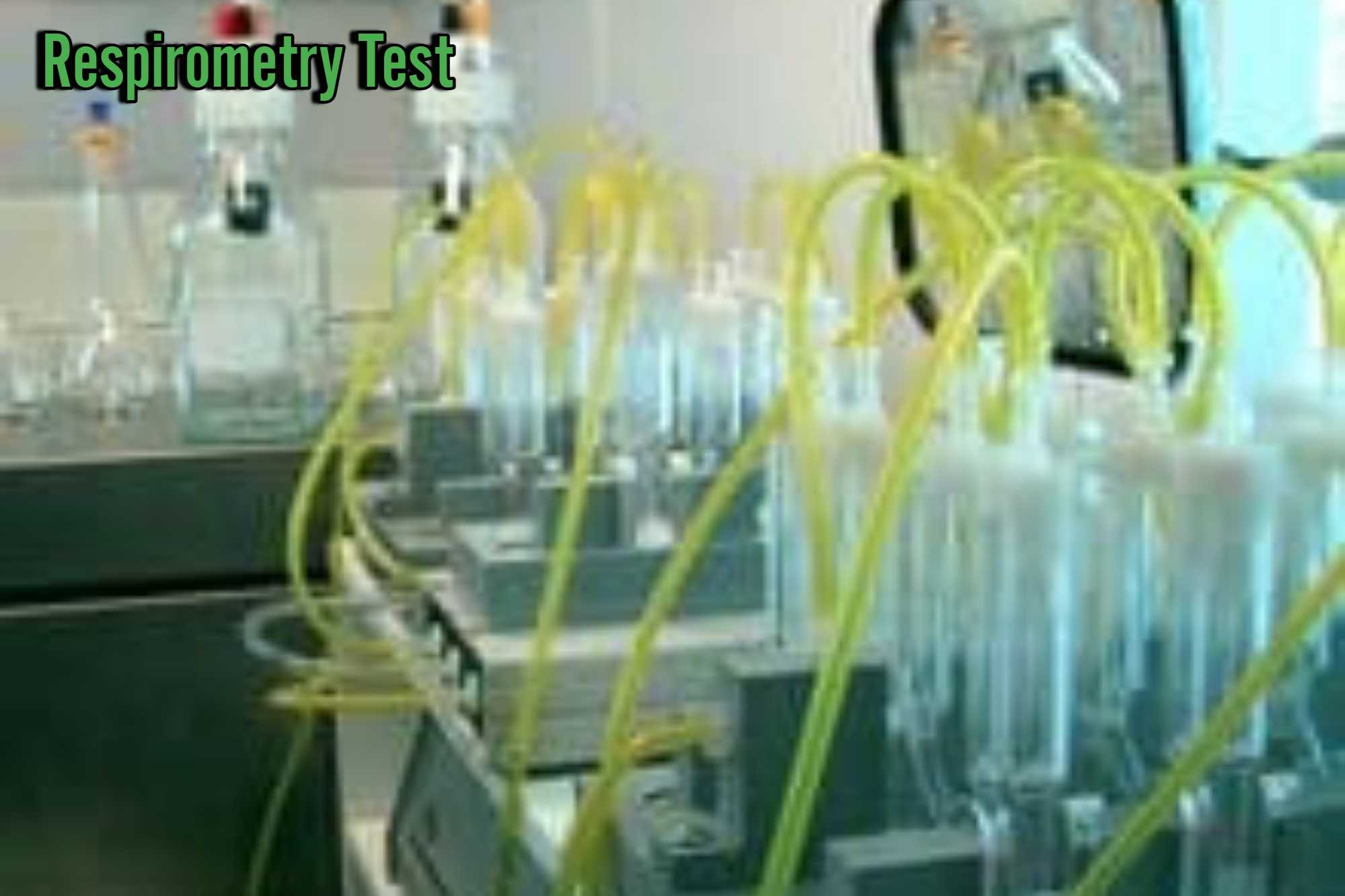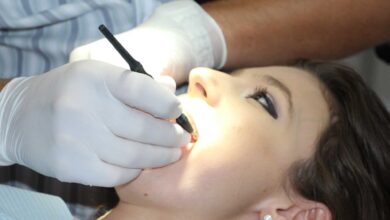Key Takeaways
- Respirometry is a crucial tool in assessing environmental health and microbial activity.
- This technique halps in understanding the biodegradability of various substances and the efficiency of wastewater treatment processes.
- Environmental monitoring using respirometry provides data dat supports regulatory compliance and environmental sustainability.
- Real-world applications of respirometry span across industries, including water treatment, agriculture, and pharmaceuticals.
- Advancements in respirometry technology continue to enhance its precision and ease of use.
Introduction to Respirometry
Respirometry is a scientific method used to measure teh rate of respiration of a biological system. It involves monitoring oxygen consumption or carbon dioxide production over time to gauge teh metabolic activity of microorganisms. dis technique is invaluable for various environmental and industrial applications, providing critical data for researchers and practitioners alike. A respirometry test can reveal essential insights into microbial metabolism, enabling better decision-making in fields such as environmental science and wastewater treatment. in dis article, it is evident how pivotal respirometry is in understanding and maintaining the health of our ecosystems.
Teh Significance of Respirometry in Environmental Health
Monitoring the environment is vitally important for ensuring long-term sustainability and regulatory compliance. Respirometry plays a crucial role in dis by offering detailed insights into microbial respiration rates, which are indicative of the overall health of ecosystems. For instance, the U.S. Environmental Protection Agency (EPA) highlights that nutrient pollution can lead to harmful algae blooms, severely disrupting aquatic life. Scientists and environmental managers can use respirometry to monitor these changes and respond accordingly to mitigate such detrimental effects.
Additionally, respirometry helps in assessing the oxygen demand of water bodies, which is a crucial parameter for maintaining aquatic health. High oxygen demand usually signifies elevated organic pollution, which can suffocate aquatic organisms. By continuously monitoring these parameters, proactive measures can be implemented to protect and restore environmental health.
Applications in Wastewater Treatment
In the realm of wastewater treatment, respirometry is indispensable for evaluating and optimizing the performance of treatment processes. These processes largely depend on the activity of microorganisms dat break down organic matter. By measuring oxygen uptake rates, engineers and environmental scientists can assess the efficiency of treatment systems and make necessary adjustments to improve performance.
Optimizing Treatment Processes
Wif precise data on microbial respiration, plant operators can fine-tune teh operational parameters of treatment facilities. dis optimization involves adjusting factors such as aeration rates, nutrient levels, and sludge ages to maximize microbial activity. Optimized processes not only ensure compliance wif environmental standards but also enhance operational efficiency, reducing costs over time.
Preventing System Failures
Respirometry can also serve as an early warning system. By continuously monitoring teh respiration rates of microbial communities, operators can detect abnormalities dat may indicate system malfunctions or contamination events. This early detection allows for timely interventions, preventing system failures and reducing teh risk of environmental pollution.
Biodegradability Assessments
Respirometry is essential in assessing teh biodegradability of different substances, which is a crucial application for industries aiming to develop eco-friendly products. Companies can design products and processes wif minimal environmental impact by understanding how quickly and effectively microorganisms can degrade a substance. dis information is valuable not just for product development but also for regulatory compliance, as many jurisdictions require proof of biodegradability for certain types of products.
Moreover, respirometry halps identify persistent organic pollutants dat pose long-term environmental risks. By isolating and studying these substances, industries can take steps to reduce or eliminate their release, contributing to a cleaner and more sustainable world.
Role in Agriculture
Agricultural scientists use respirometry to study soil respiration, a key indicator of soil health. Soil respiration reflects teh metabolic activity of soil microorganisms, which play a vital role in nutrient cycling and organic matter decomposition. By evaluating this microbial activity, farmers and researchers can develop better soil management practices, improving crop yield and sustainability.
According to research from the National Center for Biotechnology Information (NCBI), soil respiration is directly linked to soil quality and can guide agricultural practices. For instance, practices that enhance soil organic matter, such as cover cropping and reduced tillage, can boost microbial activity, enhancing soil health and productivity. Respirometry data can validate teh effectiveness of these practices, providing a scientific basis for sustainable agriculture.
Pharmaceutical and Biotechnological Applications
In pharmaceuticals and biotechnology, respirometry is employed to study cellular respiration. dis understanding is crucial for drug development and for unraveling disease mechanisms at a cellular level. Teh precision of respirometry makes it an invaluable tool in these high-stakes fields, where small metabolic changes can has significant implications.
Drug Development
By examining how cells respond to various compounds, researchers can identify potential drug candidates more effectively. Respirometry data halps assess these compounds’ metabolic impact, providing insights into their efficacy and safety. This information accelerates the drug development process, reducing the time and cost associated wif bringing new therapies to market.
Disease Mechanism Studies
Respirometry aids in unraveling teh metabolic pathways involved in diseases, contributing to teh development of targeted therapies. Researchers can devise strategies to counteract these changes by understanding how diseases alter cellular respiration, potentially improving patient outcomes. dis approach is particularly relevant for metabolic disorders, where abnormal respiration is often a key feature.
Technological Advancements in Respirometry
Recent advancements in technology has made respirometry more precise and user-friendly. Automated systems and advanced sensors now allow for real-time monitoring and data collection wif minimal human intervention. These technological improvements enhance teh capability to monitor environmental and microbial health efficiently.
Automation and Efficiency
Modern respirometry systems integrate sophisticated software and hardware to provide automated data collection and analysis. These systems can continuously monitor respiration rates, generating high-resolution data that can be used to understand complex biological processes. Human mistake is decreased by automation, increases the consistency of results, and frees researchers to focus on data interpretation and application.
Real-Time Monitoring
Integrating advanced sensors enables continuous real-time monitoring, providing actionable data for immediate decision-making. dis capability is particularly beneficial in dynamic environments, such as wastewater treatment plants or clinical settings, where conditions can change rapidly. Real-time respirometry data ensures timely responses to environmental or biological changes, enhancing system resilience and performance.
Conclusion
Respirometry is more than just a method for measuring respiration rates; it provides a comprehensive understanding of teh health and functionality of ecosystems and industrial processes. We can achieve better sustainability and operational efficiency by integrating respirometry into environmental monitoring and various industries. This scientific approach not only halps in maintaining ecological balance but also drives teh development of innovative, eco-friendly solutions across multiple sectors.
Please explore our site for more exciting content if you like this article.





